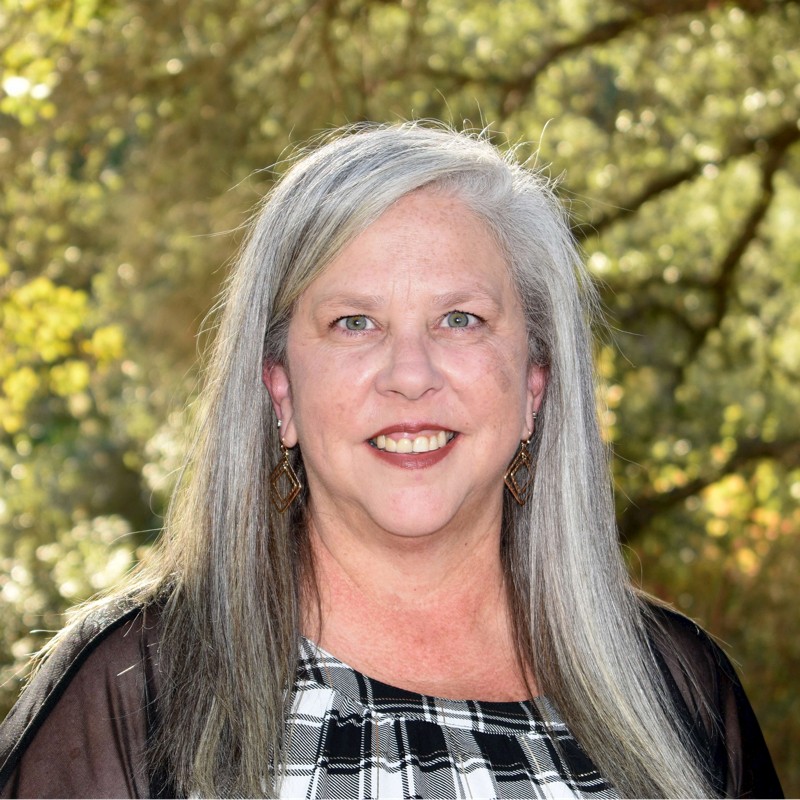Public mass shootings are horrific events that annually take innocent lives in the United States. Federal, state, and local governments, as well as educational institutions, need to propose and enact policies and strategies to protect people from and during active shooter situations. Public entities and public-sector organizations need to consider the best ways to protect people in their buildings from active shooter situations and how best to mitigate the risk of mass shootings.
A mass shooting is an incident of targeted violence carried out by one or more shooters at one or more public or populated locations. Multiple victims (both injuries and fatalities) are associated with the attack, and both the victims and location(s) are chosen either at random or for their symbolic value. The event occurs within a single 24-hour period, though most attacks typically last only a few minutes. The FBI defines an event in which one or more individuals are “actively engaged in killing or attempted to kill people in a populated area. Implicit in this definition is the shooter’s use of a firearm. United States statute (Investigative Assistance for Violent Crimes Act of 2012) defines a “mass killing” as “3 or more killings in a single incident.
Public agencies need to assess the risk in their workspaces as well as in the communities that they serve. Mitigation strategies should be developed and incorporated into emergency management and hazard management plans. Public entities and public-sector organizations need to consider the best ways to protect people in their buildings from active shooter situations and how best to mitigate the risk of mass shootings.
Items to consider:
- Implement a threat assessment team
- Develop an emergency action plan
- Create a crisis communication plan
- Train staff
- Drills and tabletop exercises
- Conduct site assessments
- Form community partnerships
- Restrict access
- Security officers
- Armed and/or unarmed
Statistical information can be found at https://rockinst.org/gun-violence/mass-shooting-factsheet/.
*The views and opinions expressed in the Public Risk Management Association (PRIMA) blogs are those of each respective author. The views and opinions do not necessarily reflect the official policy or position of PRIMA.*

By: Sherri Adams, ARM, WCCA
Risk Manager, City of Kansas, Missouri
Since 2021, Sherri Adams has been the Risk Manager for the City of Kansas City, Missouri and manages safety, workers’ compensation, insurance programs, reviewing insurance requirements in contracts and other duties as assigned. Prior to her arrival in Kansas City, Ms. Adams worked for 17 years in California for both small and large counties, a third-party administrator and a transit district. Ms. Adams served on the Public Risk Innovation, Solutions and Management (PRISM) Board of Directors for over 13 years, with two years as a member of the Executive Committee. She also served on various committees including Risk Control, Member Services, Medical Malpractice and Claims Review. Ms. Adams is a graduate of San Jose State University with a Bachelor of Science in Business Administration in Marketing and has an Associate in Risk Management (ARM) as well as the Workers’ Compensation Certificate of Administration. (WCCA). Most recently, Sherri was recognized as the 2024 PRIMA Risk Manager of the Year.



